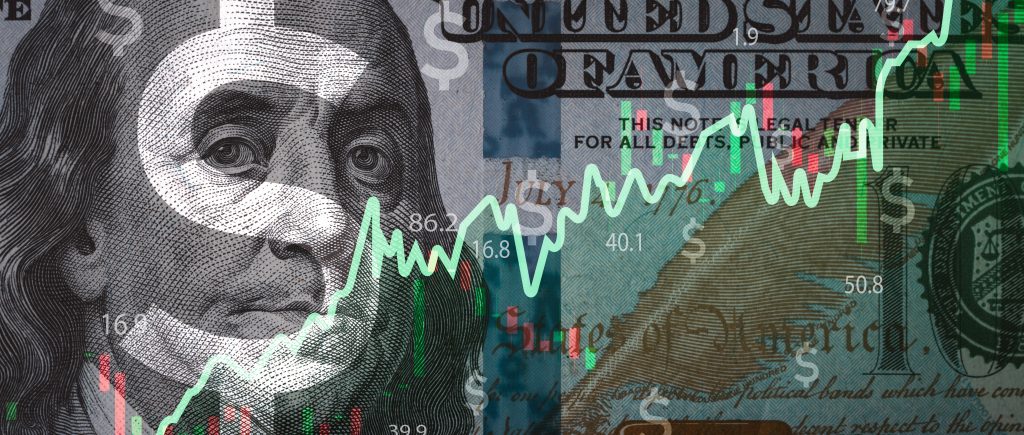The U.S. dollar dropped to a one-month low against the yen and faced pressure from other major currencies on Thursday as concerns about the U.S. economic outlook fueled expectations of a substantial interest rate cut from the Federal Reserve in the coming week.
The yen reached a one-month high earlier, driven by both safe-haven demand and speculation that upcoming interest rate hikes by the Bank of Japan, while other central banks are reducing rates, could strengthen the Japanese currency by narrowing interest rate differences.
Global financial markets have been tense, with stock markets particularly hit hard, after weaker-than-expected U.S. data reignited concerns about the economic growth prospects of the world’s largest economy. The labor market, in particular, is feared to be slowing more rapidly than anticipated.
Investors are eagerly awaiting Friday’s U.S. nonfarm payrolls report, with additional data on private-sector employment, weekly jobless claims, and service-sector activity likely to cause further market volatility. Market analysts noted that many are holding back in anticipation of these reports, as they could either confirm or ease fears of a looming recession that have been present since the July jobs report.
Market uncertainty is evident in the options market, where traders are bracing for significant currency movements on Friday. Implied overnight volatility—a key indicator of demand for protective measures—has reached its highest level since the banking crisis of March 2023 for the euro, and is at its highest in a year for the yen.
These fluctuations are partly due to the large swings in stocks, bonds, currencies, and commodities observed throughout the week. Investor anxiety was heightened by data released on Wednesday, showing U.S. job openings had fallen to a 3.5-year low in July. This added to Tuesday’s manufacturing data, which remained in contraction territory, further suggesting a cooling labor market.
The U.S. dollar managed to recover some of its previous losses on Thursday as traders increasingly bet on an aggressive cycle of rate cuts from the Federal Reserve, expected to start soon. Against a basket of currencies, the dollar held steady, with the index at 101.23. Meanwhile, the euro inched up to $1.10928, and the British pound traded at $1.3155. The Australian dollar dipped slightly to $0.6722, though it remained above the two-week low reached on Wednesday, thanks to support from the Reserve Bank of Australia’s hawkish stance.
 Noor Trends News, Technical Analysis, Educational Tools and Recommendations
Noor Trends News, Technical Analysis, Educational Tools and Recommendations





